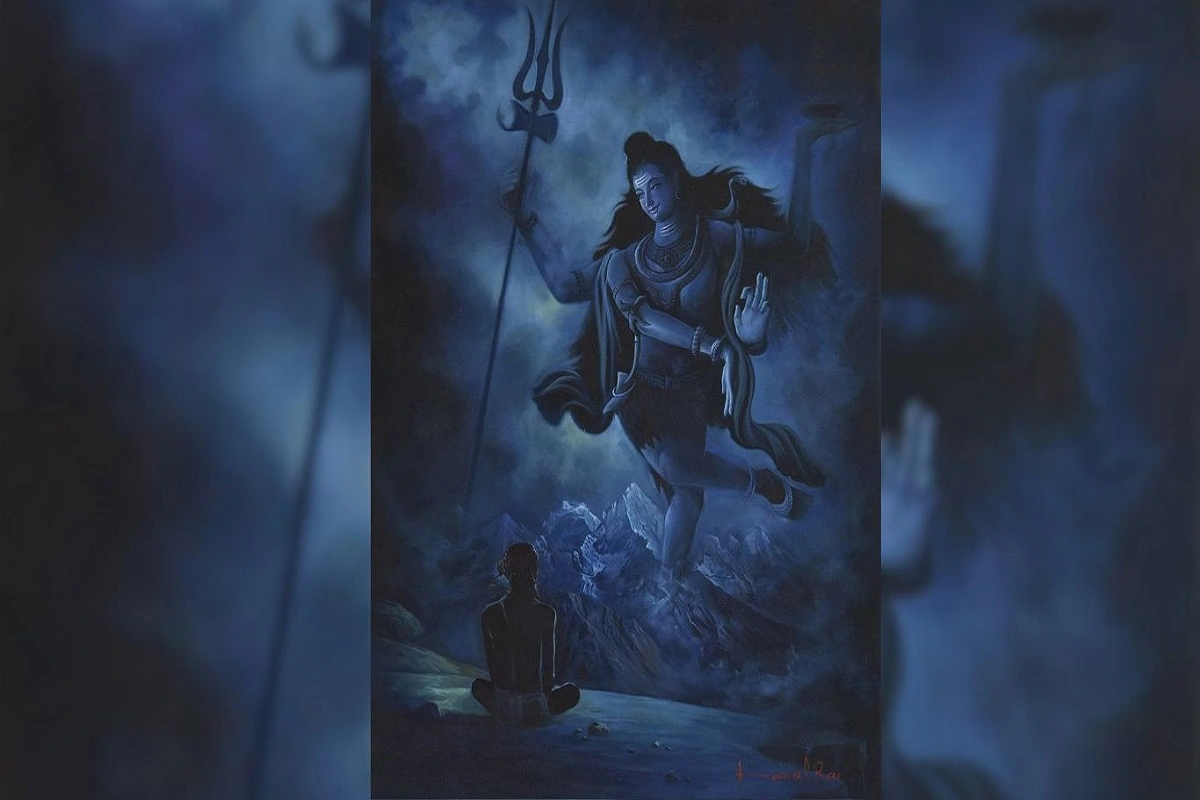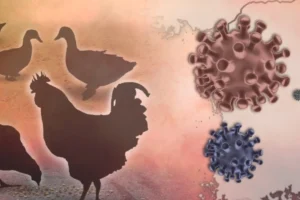
Rudra Abhishek
“Rudra” means “the one who is terribly infuriated,” which is one of Lord Shiva’s divine attributes, which He expresses while performing His cosmic dance, Tandava for the annihilation of creatures. Shiva is known as Rudra because of this characteristic. Abhishek is a manner of devotion dedicated to the Divine to cleanse the worshipper of all concerns and sins.
Offerings to Lord Shiva include Panchamrit (a mixture of milk, honey, sugar, ghee, and curd), Ganga jal, ghee, Bael Patra (Bilva leaves), Dhatura, and other sacred goods.
Rudra Abhishek cleanses your mind and body, brings you calm, satisfies your desires, and enlightens your soul.
Fasting –
Devotees usually follow Sawan Somwar, Solah Somwar, Pradosh, and Mangala Gauri Vrats, four different forms of Vrats (fasts), during Shravan Maas.
Sawan Somwar Vrat – Every Monday (Somvar) of the month is designated as Sawan Somwar Vrat. Usually, there are 4 Mondays during Shravan, but rarely there are 5.
Solah Somwar Vrat – Young females will fast for 16 consecutive Mondays beginning on the first of the month to find the ideal husband
Pradosh Vrat – Pradosh vrat takes place on the 13th day (Trayodashi tithi) of both the Krishna and Shukla Pakshas. The thirteenth day is especially important for invoking and worshipping Lord Shiva. During the Pradosh Kaal, devotees observe a severe fast and perform Shiva puja.
Mangala Gauri Vrat – On Tuesdays, Mangala Gauri Vrat is observed in the Shravan Maas. The fast is observed to ensure a happy married life, as well as the health and longevity of the spouse.
Shani Vrat – Shani Vrat is performed on Saturdays during Shravan Maas to appease Lord Shani and earn His blessings.
Worship of Lord Shiva (Shravan Somwar Puja Method)
Devotees should get up early, especially during Brahma Muhurat, clean the Puja altar, bathe, and dress cleanly. Purify your home with water that has been blended with Ganges water. Take Sankalpa with you to observe the fast.
Perform the Shivalinga Abhishek ceremony. Lord Shiva is said to be pleased even with simple offerings of common wild creepers and flowers like Aak flowers, Bel leaves, and Datura. During prayers, offer bhasma, sandal paste, lotus flowers, and Rudraksha beads.
The following Shiva Mantras can be said silently or with a Rudraksha rosary. Chanting can be done at a set time and with a specific number of counts (108 times or multiples of it) in the morning or evening, or it can be done silently throughout the day as ajapa-japa.
Om Namah Shivaya
ॐ नमः शिवाय
Om, I am One with the Supreme reality.
Mahamrityunjaya Mantra
: ॐ त्र्य॑म्बकं यजामहे सु॒गन्धिं॑ पुष्टि॒वर्ध॑नम् । उ॒र्वा॒रु॒कमि॑व॒ बन्ध॑नान् मृ॒त्योर्मु॑क्षीय॒ माऽमृता॑॑त् ।।
tryambaka yajamahe sugandhi pushtivardhanam
urvarukamiva bandhan mrityormukshya mmrat
OM! We worship the Three-eyed Lord Who is fragrant and Who nourishes and nurtures all beings. As the ripened cucumber (without the intervention of the gardener) is freed from its bondage (to the creeper), may He liberate us from death for the sake of immortality.
Rudra Gayatri Mantra
ॐ तत्पुरुषाय विदमहे, महादेवाय धीमहि तन्नो रुद्र: प्रचोदयात्।
Om Tatpurushaya Vidmahe Mahadevaya Dhimahi
Tanno Rudrah Prachodayat
OM! Let me meditate on the great Purusha, Oh, greatest God, give me higher intellect, and let God Rudra illuminate my mind.
Also you can read stories of Lord Shiva, read the Shiva Purana and meditate on His holy form. This is true Bhakti.
Worshipping should be done twice a day. First, in the early morning, and then again after sunset. During the day, devotees may consume fruits and designated food items. One typical sattvic meal can be had after sunset. Maintain a devotional mindset throughout the day. Avoid consumption of alcohol or tobacco or nonveg.
To read more such news, download Bharat Express news apps


















